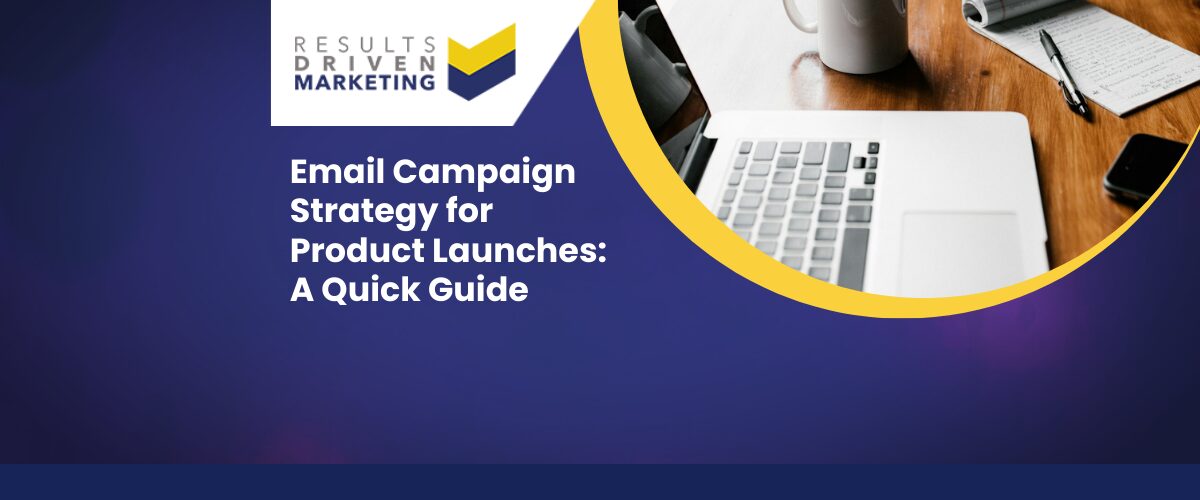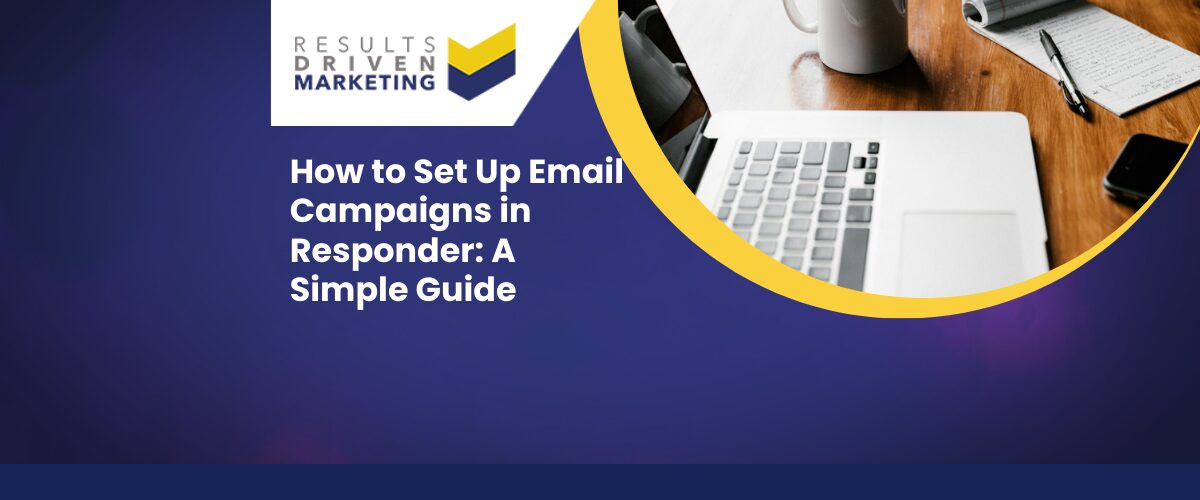
Segmented Marketing – Six steps to segment your B2B marketing list for best results
In the world of B2B marketing, having a segmented marketing list can make all the difference in the success of a campaign.
By targeting specific groups of customers with tailored messaging and offers, businesses can increase engagement and drive more conversions.
However, the process of segmenting a marketing list can be daunting, especially for those new to the industry. In this article, we’ll explore how to segment B2B marketing lists for the best results.
Step 1: Define Your Ideal Customer Profile (ICP)
Before you begin segmenting your marketing list, it’s important to define your Ideal Customer Profile (ICP).
This is a fictional representation of your perfect customer based on factors like industry, company size, revenue, location, and job title.
By understanding who your ideal customer is, you can better target them with relevant messaging and offers.
Step 2: Gather and Organise Your Data
The next step is to gather and organise your data.
This includes customer data such as company name, industry, revenue, job title, and location.
You can also gather data on customer behaviour, such as website visits, email opens, and content downloads.
Once you have your data, organise it into a customer database.
This will allow you to easily sort and filter your data based on specific criteria and create part of a segmented marketing list
Step 3: Segment Your List Based on Demographics
The first way to segment your marketing list is by demographics.
This includes factors like company size, industry, revenue, and location.
By segmenting your list based on demographics, you can create targeted campaigns that speak directly to the unique needs and challenges of each group.
For example, if you’re a software company that specialises in enterprise solutions, you may want to target companies with more than 500 employees.
If you’re a marketing agency that specialises in the healthcare industry, you may want to target healthcare organisations specifically.
Step 4: Segment Your List Based on Firmographics
Firmographics refer to factors related to a company’s structure and operations, such as the number of employees, the level of decision-making authority, and the stage of growth.
By segmenting your list based on firmographics, you can create messaging that speaks directly to the unique challenges and pain points of each group.
For example, if you’re a B2B software company that targets mid-sized businesses, you may want to segment your list based on the number of employees.
You could create a campaign specifically for companies with 50-100 employees, highlighting the ways your software can streamline their operations and help them scale.
Step 5: Segment Your List Based on Behaviour
Behavioural segmentation is based on customer actions, such as website visits, email opens, and content downloads. By segmenting your list based on behaviour, you can create targeted campaigns that speak directly to the interests and needs of each group.
For example, if you’re a B2B SaaS company that offers a variety of software solutions, you may want to segment your list based on which solutions customers have already purchased. You could create targeted campaigns that highlight complementary solutions or upgrades based on their previous purchases.
Step 6: Refine Your Segments
As you begin to segment your list, you may find that certain segments are more responsive to certain types of messaging or offers. Use this data to refine your segments and create even more targeted campaigns.
For example, if you find that companies in the healthcare industry are more likely to respond to email campaigns than social media campaigns, you may want to focus more on email marketing for that segment.
In conclusion, segmenting your B2B marketing list is crucial for achieving the best results.
By defining your ideal customer profile, gathering and organising your data, and segmenting your list based on demographics, firmographics, and behaviour, you can create targeted campaigns that speak directly to the unique needs and pain points of each group.
Refining your segments based on response rates and engagement metrics can help you further optimise your campaigns and increase conversions.
In addition to segmentation, it’s important to prioritise personalisation in your B2B marketing campaigns. By tailoring your messaging and offers to each specific segment, you can create a more personalised experience for your customers, which can lead to higher engagement and conversions.
Overall, have a segmented marketing list is a critical step in achieving the best results. By understanding your ideal customer profile, gathering and organising your data, and segmenting your list based on demographics, firmographics, and behaviour, you can create targeted campaigns that resonate with your customers and drive results. By prioritising personalisation and continually refining your segments, you can optimise your campaigns and achieve even greater success in your B2B marketing efforts.
Talk to one of our b2b data experts today to find out how we can supply a perfectly segmented marketing list for your specific needs





